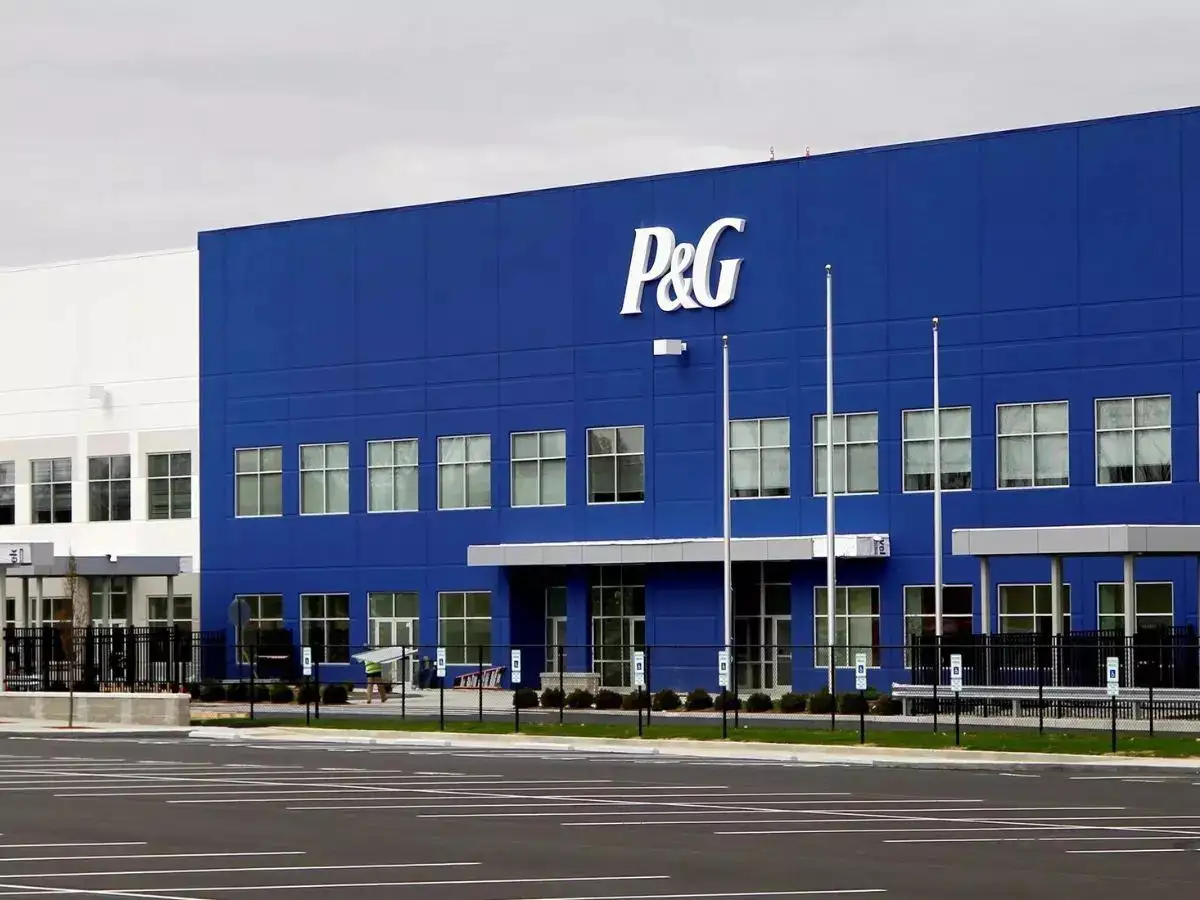Procter and Gamble Hygiene and Health Care, one of the leading FMCG players in India, has decided to scale back its advertising and promotional investments in a year that has already proven to be challenging for the company. The brand, which has historically leaned heavily on marketing to maintain visibility and drive consumer engagement, spent Rs 430.8 crore on advertising during the nine months ending March 31, 2025. This marks a steep reduction from the Rs 531.0 crore it had invested in the twelve months ending June 30, 2024.

The nearly nineteen percent cut in ad spending coincides with a broader slowdown in performance. Revenue from operations came in at Rs 3,374.4 crore during this nine-month period, down sharply from Rs 4,205.7 crore reported in the previous fiscal year. Total income also slipped to Rs 3,411.8 crore compared to Rs 4,257.9 crore a year earlier, representing a decline of almost twenty percent. For a company that thrives on consumer trust and strong brand identity, this dip in topline numbers is significant.
Despite the revenue pressure, profitability has not been hit as hard. The company managed to deliver Rs 636.6 crore in profit for the period, which is only about six percent lower than the Rs 675.0 crore recorded the previous year. This suggests that cost controls and operational efficiencies have played a vital role in cushioning the blow from weaker sales. P&G Hygiene and Health Care has always been known for disciplined management of expenses, and this resilience in profit reflects that philosophy.
ADVERTISEMENT

A notable change in the company’s reporting structure also shaped these numbers. Earlier this year, the Board approved a shift in its financial year cycle from July to June to the more conventional April to March format. As a result, FY25 covers only a nine-month window, making direct comparisons with earlier years slightly complicated.
The decision to cut back on advertising raises important questions about the company’s strategy in a competitive FMCG market. Brands in this space typically rely on consistent visibility to maintain their leadership. A reduction of this scale could indicate either a strategic recalibration where P&G believes its brand equity is strong enough to withstand lower ad visibility or a more cautious approach to spending during a period of slower demand.

For consumers, advertising often serves as a reminder of a brand’s relevance in their daily lives. For competitors, this shift could open opportunities to capture market share if they continue investing aggressively in visibility. For P&G, however, the focus may now be shifting toward profitability and stability rather than chasing short-term topline growth.
The FMCG industry is also facing broader challenges such as changing consumer preferences, inflationary pressures on raw materials, and a sharper focus on value-for-money products. Companies that can balance brand investments with cost discipline are more likely to emerge stronger. Whether P&G Hygiene and Health Care’s decision proves to be a prudent move or a missed opportunity will depend on how the market evolves in the coming quarters.
ADVERTISEMENT
What remains clear is that advertising will continue to be a critical lever for long-term growth. Even with temporary cutbacks, no FMCG company can afford to lose sight of its connection with consumers. As the company adjusts to its new financial year cycle and recalibrates its growth plans, the industry will be watching closely to see how this decision plays out.
Follow Marketing Moves on Instagram and Facebook for more updates and insights into how global brands are redefining their marketing strategies in a changing business landscape.
















